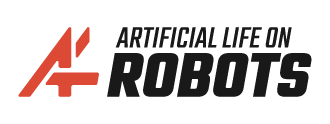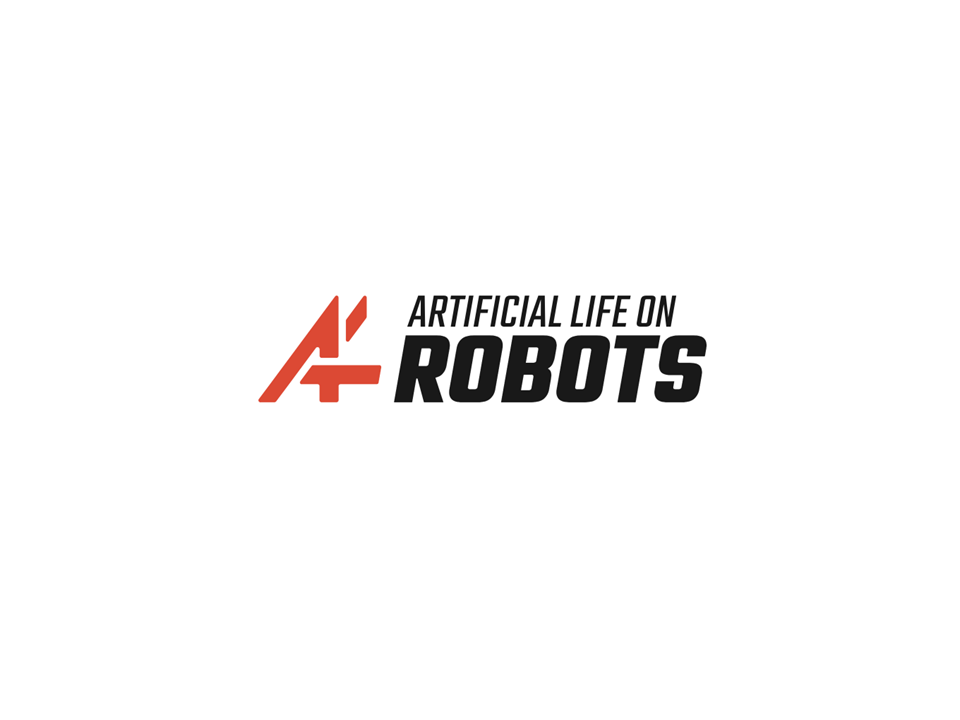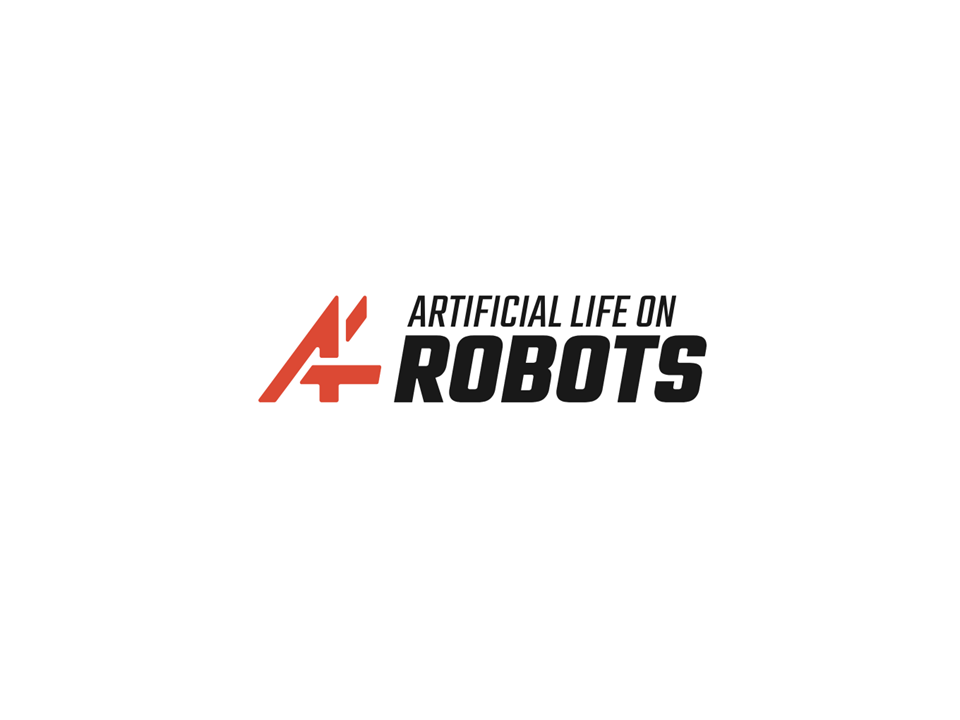As industrial robots evolve and collaborative robots become increasingly common, the need for robots to respond sensitively to external environments and operate with precision has become essential. In this context, force/torque sensors play a critical role in robotic systems. Particularly, 6-axis force/torque sensors can detect complex, multi-directional loads simultaneously, enabling robots to move with greater flexibility and accuracy in high-precision applications.
What is a Force/Torque Sensor?
A force/torque sensor detects physical changes such as twisting or bending between input and output, converting them into measurable force or torque values. These sensors are typically mounted on robotic joints, end-effectors, or contact points to detect interaction forces in real time, enabling precise control and feedback.
6-axis models measure forces (Fx, Fy, Fz) and torques (Tx, Ty, Tz) across three dimensions. This makes them essential in applications such as collision detection in collaborative robots, precision control in medical robots, and fine insertion tasks in automated assembly.
The internal sensing method significantly influences a sensor’s performance and structure. The most common types are strain gauge and capacitive, each with distinct characteristics.
Strain Gauge vs. Capacitive Sensing Methods
Strain gauge sensors work by detecting changes in electrical resistance from tiny deformations in the sensor structure. When force is applied, strain gauges bonded to the structure respond with measurable resistance changes.
This method provides excellent linearity and repeatability, making it ideal for high-precision environments. Temperature compensation is also more accurate, maintaining stable output in variable conditions. Moreover, standard interface compatibility (EtherCAT, CAN, RS485) enables easy integration into automation systems.
However, this method has limitations. Since the sensor’s structure directly absorbs mechanical stress, overload tolerance typically ranges from 150% to 300%, and up to 500% in special designs. Additionally, the system requires signal amplification, filtering, and high-precision calibration, which results in higher manufacturing costs compared to other methods.
In contrast, capacitive sensors measure the change in capacitance between internal electrodes as their distance varies under force. Thanks to their non-contact or flexible structure, they can withstand extreme overloads (up to 1000%) and are easier to miniaturize. This makes them ideal for drones, wearable devices, and lightweight robotic systems, offering lower production costs.
Still, the indirect nature of this measurement leads to nonlinear outputs. Capacitive sensors are also sensitive to temperature, humidity, and EMI, making long-term stability in industrial environments difficult. Furthermore, to achieve consistent output, they require hardware compensation circuits and complex software calibration, increasing development time and long-term maintenance costs.
In summary, while capacitive sensing has its appeal, it demands substantial ongoing effort to stabilize in real-world environments. For high-precision industrial operations, strain gauge technology remains the industry standard.
※ Strain Gauge vs. Capacitive Sensing
AL.Robot’s Sensing Approach: What Matters Most
At AL.Robot, all force/torque sensors are based on the strain gauge method—a deliberate decision rooted in the realities of industrial demands.
Strain gauge technology ensures clear, proportional output, with proven linearity and repeatability. AL.Robot’s sensors amplify these advantages with advanced temperature compensation and high-resolution signal processing, ensuring consistent performance even in dynamic environments.
The sensors also natively support EtherCAT and other standard protocols, allowing seamless integration into existing systems. In terms of structure, reinforced internal design and protective circuitry improve overload durability, even beyond typical strain gauge limits.
AL.Robot chooses strain gauge technology not out of habit, but necessity. While innovation matters, what matters more is performance in reality. In industrial settings, what the customer needs is consistent, trustworthy output, and strain gauge delivers.
AL.Robot isn’t building sensors for sensors' sake—it’s building tools you can trust in the real world.
Applications and Outlook for Force/Torque Sensors
The application scope of force/torque sensors continues to grow rapidly across industries.
-
In collaborative robotics, they enable collision detection, force control, and easy teaching.
-
In precision assembly, they support tasks like automotive component fitting, electronic part insertion, and polishing.
-
In medical robotics, they are crucial for delicate tactile sensing and safe robotic surgery.
Looking ahead, force/torque sensors will evolve toward greater accuracy, miniaturization, and cost-efficiency. Integrating AI and machine learning will enable smart compensation, predictive control, and self-calibrating capabilities.
AL.Robot is aligned with these advancements, pushing forward with technology that delivers more than numbers—it delivers reliability.






Inside Tech test 02